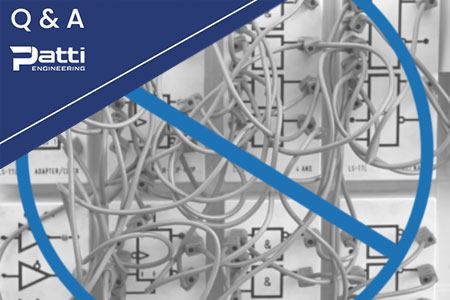
Remote I/O: What and Why
Blog post by Marc Bourque, Electrical Engineer
What is Remote I/O?
Remote I/O is the ability to control inputs and outputs that are not near the PLC. Most remote I/O devices use some sort of network connection to control multiple sensors or valves. Typically, a remote I/O device will have an IP address assigned to it, and each of its inputs or outputs will be assigned its own bit on that address allowing you to turn things on or off, as well as look to see if sensors are high or low. So why would someone want to build I/O away from the PLC?
Reasons to use Remote I/O
- Reduces labor due to pulling long runs of wire.
- Reduces cost of copper wiring.
- Reduces programming time, by making things more modular.
- No need to have large amounts of unused components for expansion purposes.
- Easy to expand.
- Creates a cleaner machine with fewer bundles of wires.
- Reduces the labor for panel builders wiring unused I/O.
- Reduces the amounts cut outs required in controls cabinets.
- Reduce repair time by having quick change connectors where you need them.
The upfront costs of remote I/O sometimes seem more expensive, but in the long run, it saves time and money.
Related categories: Blog Control Systems Integration

